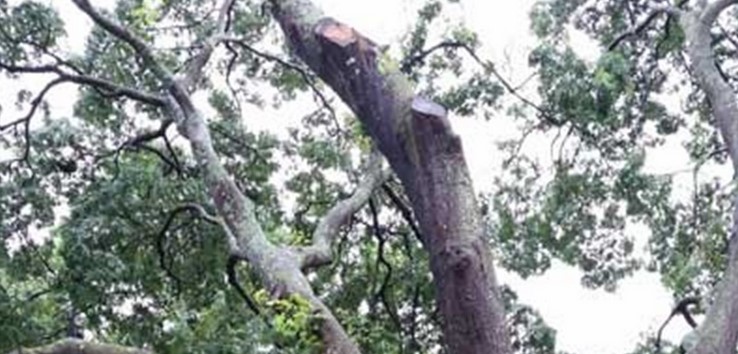Paclobutrazol Treatment (Growth Regulator) Q&A


Published August 1, 2014 By BILL SEAMAN for Neil Sperry's Q&A
Question from K.Y.: This mature Shumard Red Oak was greatly damaged during last year’s freeze and has strangely lost at least one major branch every summer for the past few years. I was recommended to consider a Paclobutrazol treatment for the tree to maintain its current size and improve its overall health. My research of Aggie horticulture online barely references this chemical treatment on anything except smaller plants. Your expertise is much appreciated! K.Y., Richardson, TX
Answer: When I contacted our friends at Arborilogical Services, certified arborist Bill Seaman provided me with this information:
(Thanks, Bill!)
“Paclobutrazol became a mainstream growth regulator for trees when theme parks found they could use it to reduce the pruning cycles for trees and shrubs and virtually “freeze” the look of a tree once it reached the desired size. This is a valuable arborist tool when caring for properties that are full of people — all day, every day. As a growth regulator, it reduces shoot growth so new leaves are compact and dense. Additional research found that it can significantly increase the volume of fine roots, so it also became an arborist’s tool to generate new fibrous tree roots for trees that would have their root systems compromised as a result of construction. There are numerous other benefits. A more common current use in urban landscapes is to check the growth of mature trees near electrical power lines, reducing the frequency for line clearance pruning. Paclobutrazo can be a very useful tool for managing tree health, but it should only be used under the eye and management of a certified arborist.”

